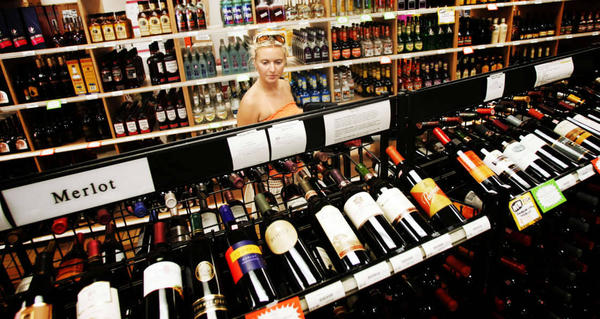

Utah has an alcohol problem.
(No, not that kind.)
What it needs is a co-creation solution.
Home to almost 2 million Mormons – more than half its population – the Beehive State is known much more for its teetotalers than its bourbon aficionados and oenophiles. Recently, however, the topic of spirits has been on the lips of Utah residents with many complaining that the Department of Alcoholic Beverage Control is so badly managed that, well, it could drive a man to drink.
Since 1935, the DABC has operated a state-run network of stores throughout Utah that sells all alcoholic beverages, except beer, and oversees licensing and regulation, along with the administration of state liquor laws. After eight decades, though, the DABC appears to very much be showing its age and alcohol consumers in state are thirsting for a better customer experience.
In late November, in response to statewide complaints ranging from out-of-stock products to listless employees, the Salt Lake Tribune reported that after months of studying Utah’s liquor operations, Gov. Gary Herbert’s office had issued an email to DABC employees listing its recommendations, including increased staff hours and employee pay raises, intended to “improve employee morale and decrease turnover.”
In the report, delivered as a colorful infographic presumptively entitled “The DABC is IMPROVING in Utah” and filled with vague, bulleted items listed as “next steps,” the state declared that it is “working to improve customer service, employee morale and operations by addressing complaints from the public and employees.”
That’s a worthwhile goal. But, while the state reportedly did interview 120 DABC employees, it’s unclear whether it actually spoke with any actual consumers while “analyzing customer complaints.”
In a letter published in the Salt Lake Tribune entitled, “This won’t improve the wine-buying experience,” one such actual consumer, Salt Lake City resident Max Sabour, took issue with the DABC recommendations writing, “I am sorry, but the Utah Department of Alcoholic Beverage Control, the Governor’s Office of Management and Budget and the selection committee just don’t get it. The wine-buying experience at the Metro wine store [run by the DABC in Salt Lake] has gone from bad to worse for the consumer, and there are no remedies in your Dec. 2 article, “Review of liquor stores …”
Sabour then went on to share his own customer experience issues and desires, explaining how:
The DABC may have already been aware of many of these complaints, but by merely issuing a generic list of proposed solutions (e.g., reduce out of stocks, increase pay, increase staff hours to meet demand) developed internally, it missed an golden opportunity to engage with Utah’s wine and liquor consumers and to empower its own employees by inviting both groups to work together and design solutions for improved customer experience and employee morale.
That’s co-creation, and there’s no telling what great ideas it could have produced by truly investing all stakeholders in the process. Perhaps the DABC would have discovered that employees would like to receive wine education, allowing them to feel more confident and passionate about their jobs. Or maybe customers would generate fresh ideas about how to better staff stores, stock shelves and satisfy shoppers. When organizations or brands leverage co-creation and work hand-in-hand with customers and employees to create better products, services and experiences, the possibilities are limitless.
Instead, though, the DABC settled for a rather limited report, although it did promise to “continually look for Best Practices in the industry to improve management and operations.”
It should look first to co-creation.
We think Utah can drink to that.
To learn more about the AE CoCreation Lab Series™ and what it can do for your company, simply click here.